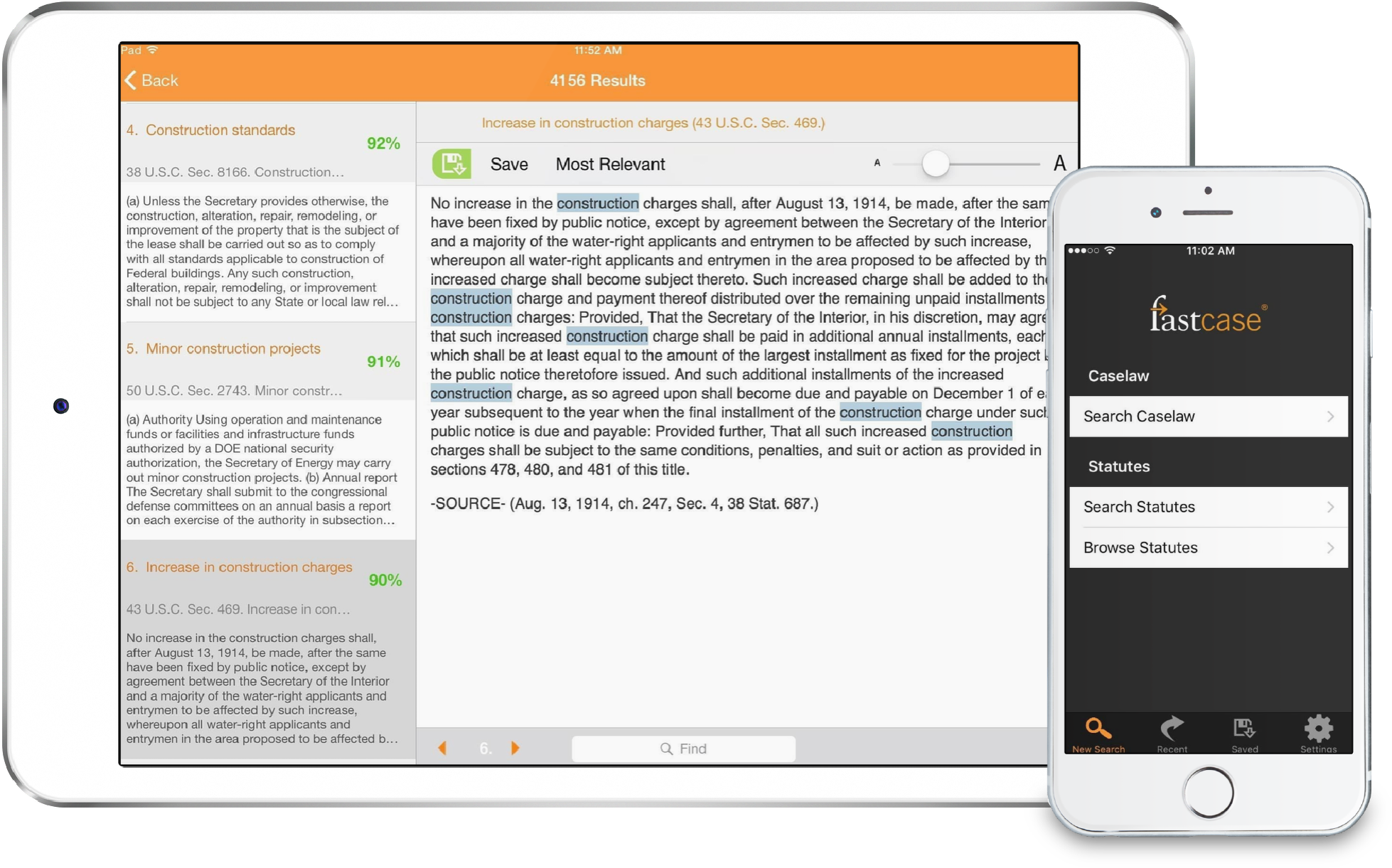“Hot Tubbing” Steams Up the Courtroom
Like most other English speaking countries, the U.S. follows the tradition of allowing opposing sides in a trial to select their own witnesses. These experts have been known to exhibit bias in favor of their employers, often resulting in the presentation of entirely contrary evidence from the prosecution and defense at trial. In the majority of common law countries, judges are well-equipped to sift through conflicting facts. However, in the U.S., where juries sit in judgment for civil cases, disparities in testimony can confuse unfamiliar jurors, making reform all the more essential. While American judges often have the power to appoint their own experts, judges often waive their right out of general distrust of expert witnesses. According to Oscar G. Chase, a professor of law at New York University,
“Many judges, if not most, have been trial lawyers, and they are suspicious that any expert is truly neutral. The virtue of our system is that it allows people to sort of balance things out.”
Australia, where the defense and prosecution also enjoy the power to appoint witnesses, has tried to inject more fairness into the process by creating a courtroom conversation between the specialists from both sides. Hot tubbing in the land down under involves a debate between the parties over contradictory evidence and conclusions, providing a space where the two sides can reach an agreement on some issues, and elucidate their differences on others. Critics caution, however, that scientific disputes can be bitter and often difficult to resolve, and arguments may lead to further disorder during trial.
But, while one supposedly neutral expert may gloss over real disagreements in the scientific community, the hot tub model can collaboratively incorporate the opinions of all sides, and ideally, reach a consensus. Not to mention the fact that it sounds a heck of a good time.



